Automation TestingSoftware is the medium or platform for performing a task in the system. Software is developed by following the SDLC process, i.e. software development life cycle in which software has to pass through many phases, and testing is one of its major phase that shows the result of all the efforts made in developing process of software upto now. 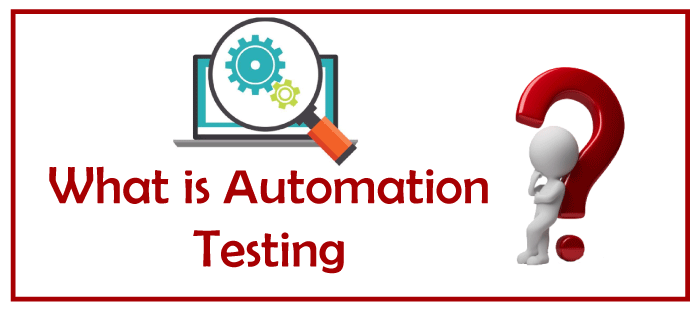
Software testing is not a one-time process, as the developer test the software until it is declared error-free. It checks whether the software is showing the expected output per input. Software testing is done by the testers who test cases repeatedly to gain output according to the requirement in two ways: a) manually and b) automatically. Every project or software goes through a testing procedure, and the type of testing method depends on various factors like the budget, expertise, suitability, requirement and timeline of the project. When the tester writes the testing script manually and tests the software until it functions properly known as manual testing & when this manual testing process becomes automatic, it can be defined as automatic testing. 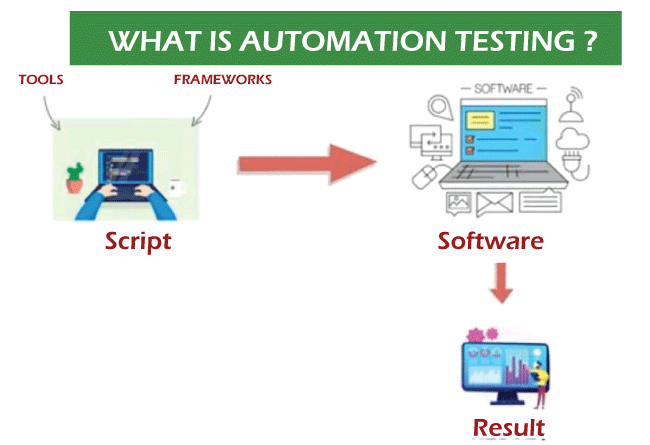
Manually when testers write the test cases and execute them repeatedly, known as manual testing, which is time-consuming and the test results are not sure. So to recover these drawbacks, automation testing came into existence. With automation testing, developers or testers keep everything in their hands, boosting the product's productivity. Manual testing is best suitable for usability testing, Ad-hoc testing and usability testing. In contrast, automation testing is best suited for areas like load testing, regression testing, repeated execution and performance testing. Automation helps companies take new features to market instantly in the testing world and ensure a bug-free user experience. "Automation testing refers to the automatic testing of the software in which developer or tester write the test script once with the help of testing tools and framework and run it on the software. The test script automatically test the software without human intervention and shows the result (either error, bugs are present or software is free from them)." Automation testing needs manual effort when creating initial scripts, and further process is performed automatically to compare the actual testing result with expected results. This can be performed at these levels a) unit-level automation, b) API testing c) user interface. Manual testing vs. Automation testingSoftware testing is performed to discover bugs in software during its development. The key difference between automation and manual testing are as follows:
Automation testing typesTesting is grouped under two types: functional and non-functional 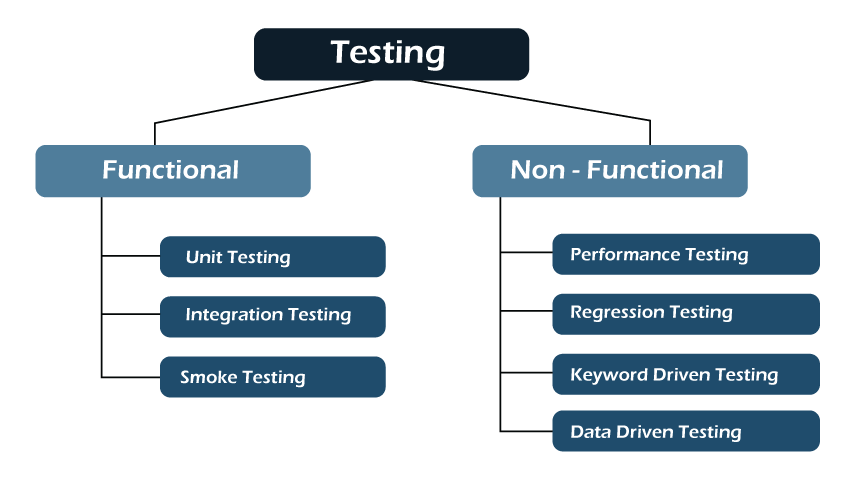
Functional testingThe first test performed by tester on newly revised software is called functional testing, which verifies all the software functions' features per user requirement. This testing works on the real-world business application and obtaining the expected output from a given input. All application functions are tested and involve smoke, unit, and integration testing. a) Unit testing The unit is the smallest component of the software that functions individually. Unit testing simplifies the testing of the whole software, where each software element is fully tested before the final version is out. Unit testing depicts how the code performs at each part and has a faster execution time. It's the favourite of developers because it consumes less time and assure the working of each part of the software. Before automation testing, the developers write the code for testing, but now there is no need. The unit testing technique is divided into three broad categories: White box testing, Black box testing and Grey box testing. 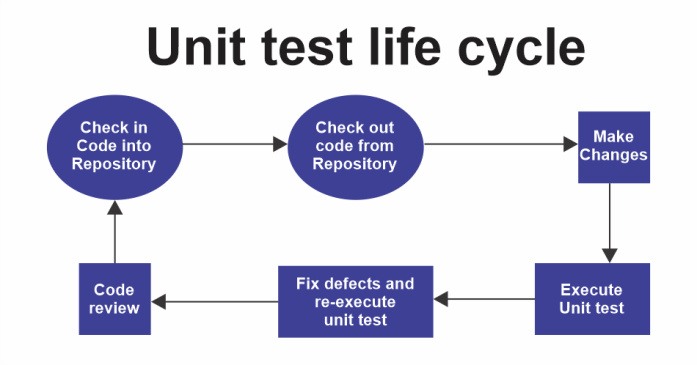
b) Integration testing Integration testing is more complicated to set up compared with other tests. All the modules of the application communicate with each other to perform tasks. Therefore, testers group them for testing and exposing the flaws in maintaining the interaction between these modules. Another name for this testing is I&T or string testing, considered end-to-end. c) Smoke testing This testing checks and defines the product's stability (whether stable or not). If the product result is unstable, it is called an 'unstable build' and sent back to developers, where they run more test cases to find out the root cause of the problem. The smoke test works like this:- 
Non-functional testingNon-functional testing focuses on how well application functions are doing, not on what the product does. It is the opposite of functional testing, where application elements like reliability, usability, performance, etc., are tested. Some types of non-functional testing are reliability testing, load testing, compatibility testing, performance testing, security testing etc. a) Performance testing This non-functional testing tests the software's stability, responsiveness and speed under the workload. It finds out the potential issues faced by critical software and medical programs used by the user, like slow operation of software under stressful circumstances. It finds hurdles in the performance of software and removes them to increase the ability of software to deliver the best results to the end user. b) Regression testing When some changes are made to the code of software or application, it needs to be tested to determine whether the software is working as before the change; for this purpose, testers use automation regression testing to automate scripts, applications of workflows, plans and other activities. It tests the system or software workflow after its updation and functional error. c) Keyword driven testing Keyword-driven testing tests the application using the data files consisting of the keywords related to the application, representing a set of actions needed to carry out the step. Here these specific keywords are identified and connected with the specific action. Therefore during testing, when these keywords are used, their related actions will automatically be done. This keyword testing is a popular choice for many businesses as it's flexible, concise, easy to maintain and reusable. Keyword-driven testing is compatible with all kinds of automation tools in the market. Instead of programming experts, functional testers can plan the testing before the application is fully developed. d) Data-driven testing In data-driven testing, automation is inbuilt and very effective due to the few facilities provided, like the reusability of code, change in the script doesn't affect the test cases, and this testing can be carried out in the phase of the software development cycle. It provides consistency in results and reduces the investment of time and resources. Test cases use the data separately stored in the table or spreadsheet format, and testers have multiple data sets for testing. Automation testing processThere are certain steps followed in the automation testing process: Step1: To convince the management → In the business, testing is not only in the hand of the tester because automation testing tools are expensive, and large licence fees are associated with them. A tester alone can't do it; they need to convince the management about the benefits test automation offers. As we know, automation is a little expensive, so after doing a cost-benefit analysis, we need to convince management by preparing a detailed report about the benefit of test automation. They have to convenience that automation test results can't be seen immediately. It takes 2-3 months to show results. You have to convenience yourself that it's a matter of patience to achieve an error-free application. Step 2: Recruitment of Automation tool expert → Automation testing is done by automation tool experts who know how to use them for better results. There are two types: Automation architectures and automation engineers.
Step 3: Selection of the right automation tool → This is the most important and challenging step in the testing process because the wrong tool gives you results that can harm the business. Before selecting an automation tool, one must know its pros and cons. After that, business needs and requirements are considered and analyzed before making the final decision. Points considered in selecting the tool: The tool must lie in your budget, support the technologies used in the application, skilled resources are necessary, and tools have a good reporting mechanism. Step 4: Choosing the application → For automation testing, it is important to select the right tests for automation with the right application, and it depends on certain factors like:
Step 5: Automation teams are trained → With the technological change, manual testers need to be upgraded to become automation engineers. They must be trained in automation concepts and terminologies. The automation testing team must be trained to use the tool for testing and giving the expected results. Step 6: Automation testing framework is developed → After selecting tools, applications and training for the automation team, it's time to develop the framework for the automation testing. The framework combines planning strategies and rules to write the test script. This could lead to the least amount of maintenance in the application, and if there is a need for any change that it's easy to deal with. It includes modular, data-driven, hybrid, keyword driven and linear frameworks. Step 7: Preparing an execution plan → The automation testing is executed with an execution plan involving selecting an environment on which the script will execute, including browser, operating system and other hardware configurations. When writing the script, which configuration will be executed? The automation team executes the plan and states who will execute the scripts. The execution plan varies from company to company as some ask its developers to execute the plan before release, and some hire a direct resource. Step 8: Writing of scripts → When the ground-level work is complete (including framework designing, execution of the plan, and resources trained on the new tool), the time comes to write the scripts. Points should be remembered while writing the script:
Step 9: Reporting → Reporting includes the result of the testing created at the end of the execution. It consists of all the detailing of the testing and what is yet remaining. The result is written in tables and charts according to the management requirement and mailed to management. Step 10: Script maintenance → Script maintenance step is required when a change is requested in the application. To cope with the changes, scripts are immediately updated to ensure flawless execution. Regular script maintenance is important for the smooth running of the application and bug-free operation. Automation testing toolsAutomation testing is conducted by using automation tools. Selecting the appropriate tool for testing is quite difficult and important as the success of an automation test depends on it. Here are some automation testing tools used by testers nowadays: Selenium: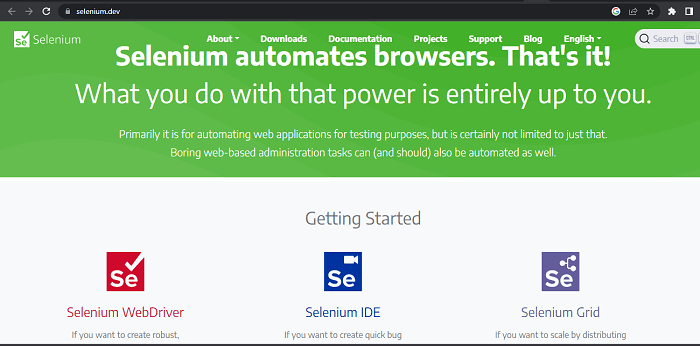
When it comes to automation, selenium is one of the popular open-source automation testing tools used in testing different web applications. It is a customizable tool available in many languages and browsers worldwide. This prime tool is used by quality analysts (junior testers to lead testers) to carry out test automation. No matter how best a tool is, it has some pros and cons. Let's understand:
Katalon: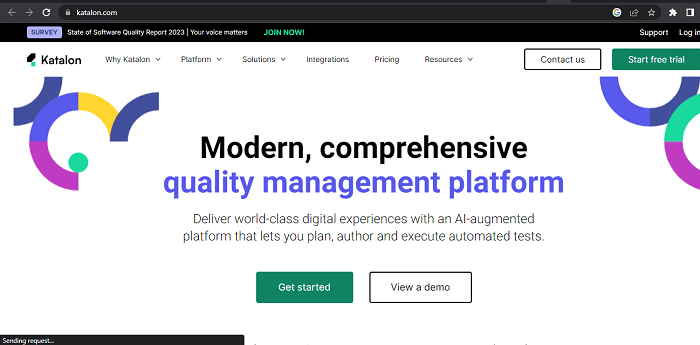
Katalon is a cross-browser and free licensed tool developed in 2015. It is used for automation testing of web interfaces, APIs and mobile (iOS and Android). This tool relies on the automation frameworks of Appium and Selenium.
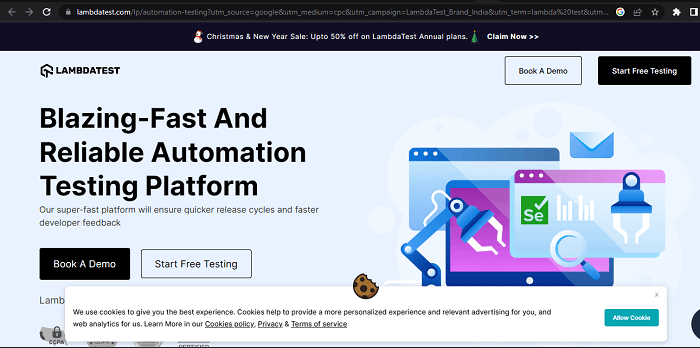


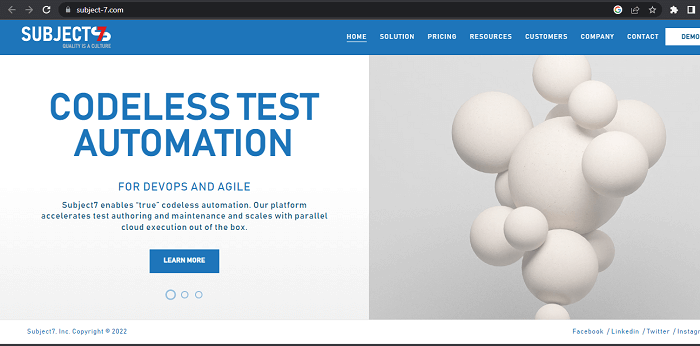

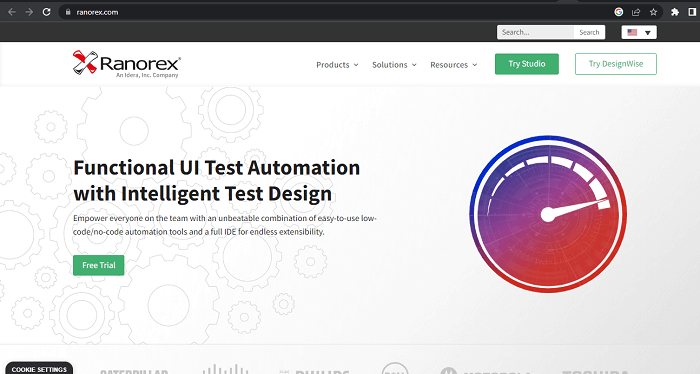

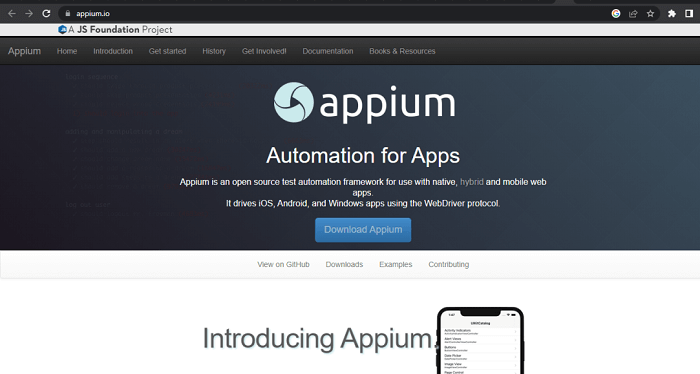

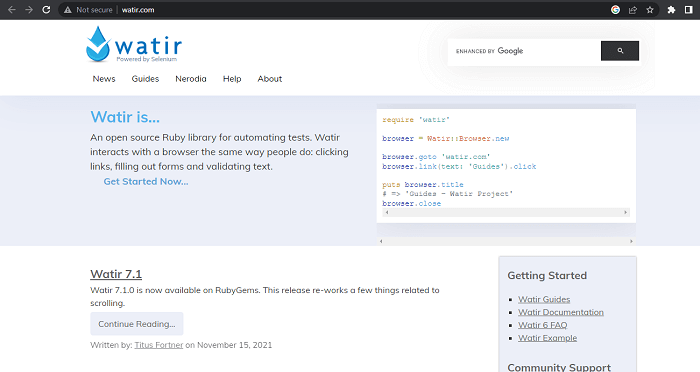
For different types of testing, Test Plant developed Eggplant, considered a suite of tools for automation testing where different types of testing are performed by each tool. Its performance testing tool (Eggplant Performance) handles the stress testing, performance and load, and the functional testing tool looks what the name indicates. Other automation testing tools work on an object-based approach, but Eggplant follows an image-based approach. In this testing tool, testers interact with the applications as same as end users will interact. Eggplant Digital Automation Intelligence is used by the tester, particularly for GUI and application testing. 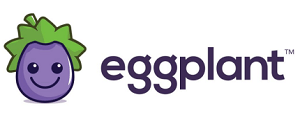
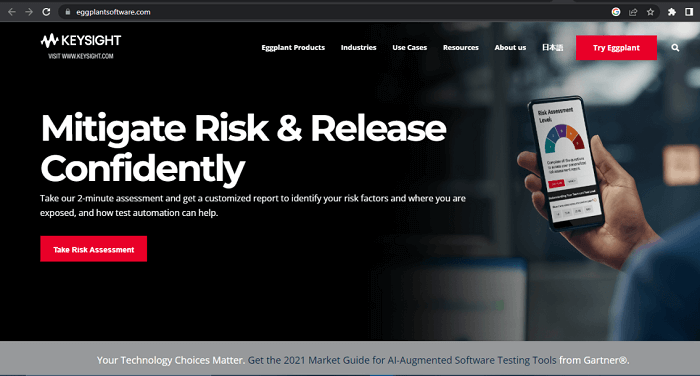
In cucumber, a tester can get end-to-end testing framework support where test code is written in a simple language (English) known as Gherkin, which can be executed on a different framework. It is the best tool from a business perspective as it supports behaviour-driven development in which business analysts and product owners write test scenarios to enact the system behaviour. 
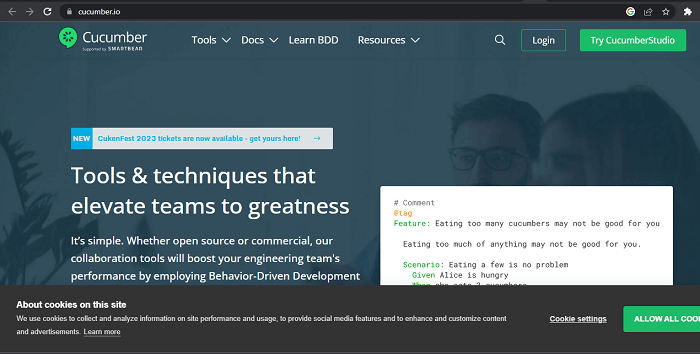

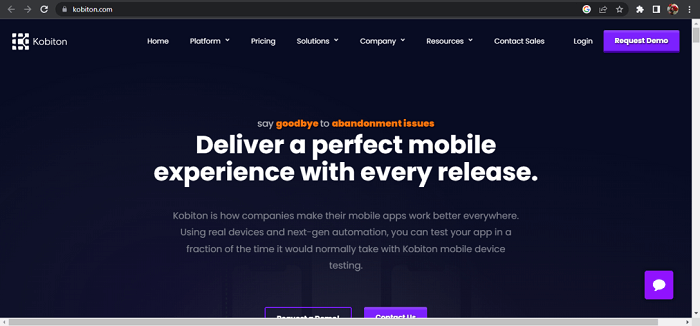
→ cross-browser → Scripting language VB.Net and C# → Automating applications such as JavaScript, MVC, Ruby, WPF, HTML5, PHP, Android, Angular, Silverlight, iOS and PHP. Tests can be scheduled with this tool, and further can be executed in parallel, and reports are also provided by it. For better performance and results, it connects with source control systems such as GIT and Team Foundation Server and further does continuous testing. 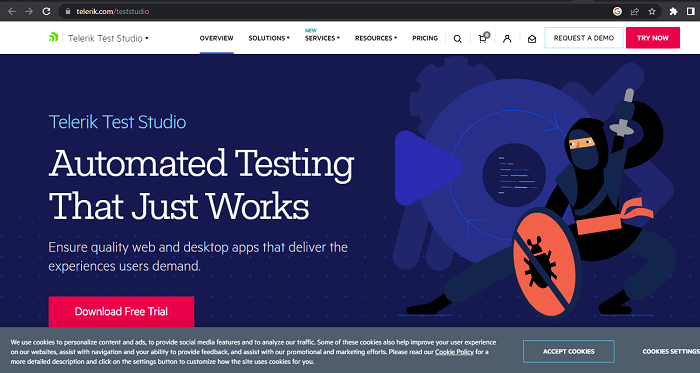
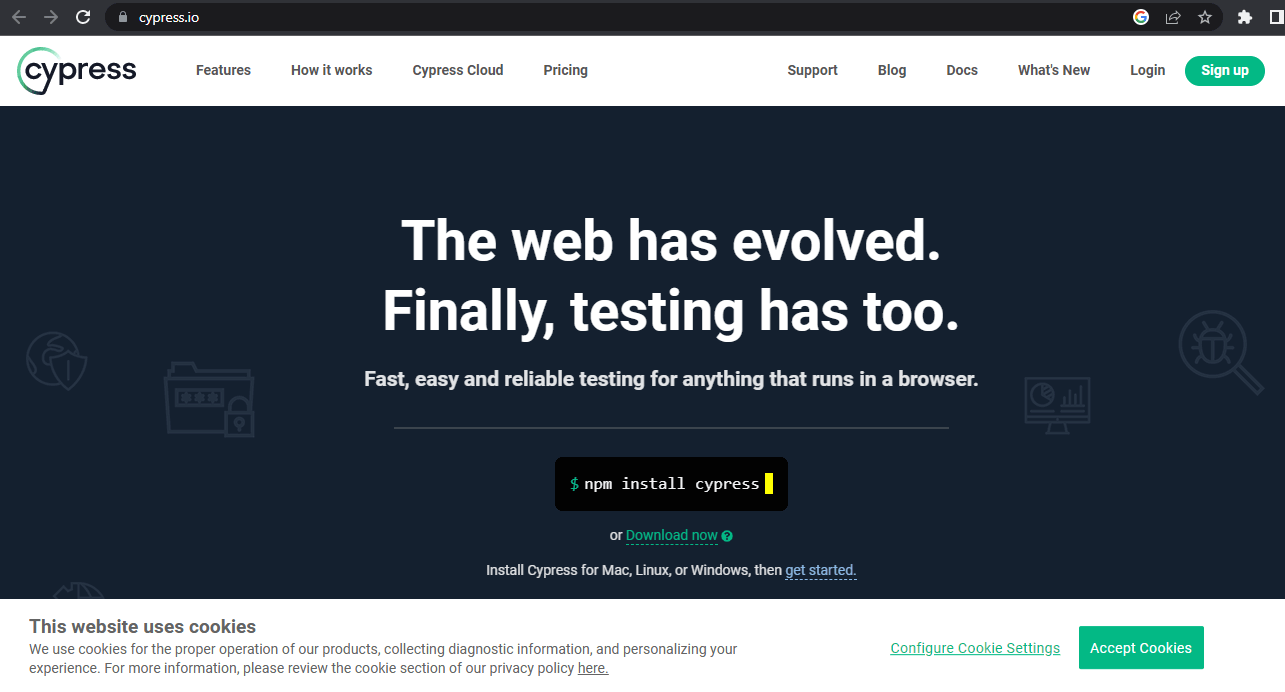
ZeuZ is equipped with intelligent debugging, collaboration features, rich reporting, CI/CD integration, notifications and batch updates. It does recording and playback all the test cases. It does advanced debugging and flexible deployment. ZeuZ has a built-in waiting mechanism and AI-powered object identification. It's a trail automation test available for free. 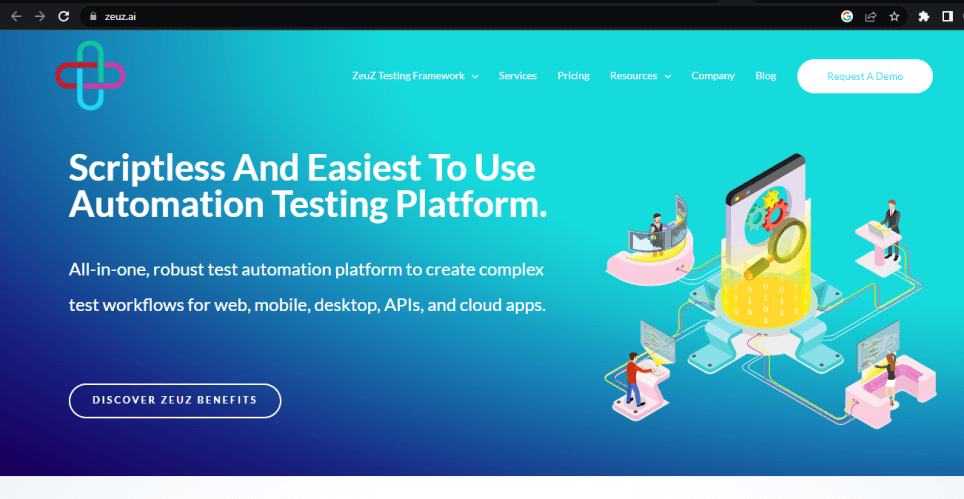

Advantages of automation testing
The framework used in automation software testingAutomation testing is executed on a few frameworks: 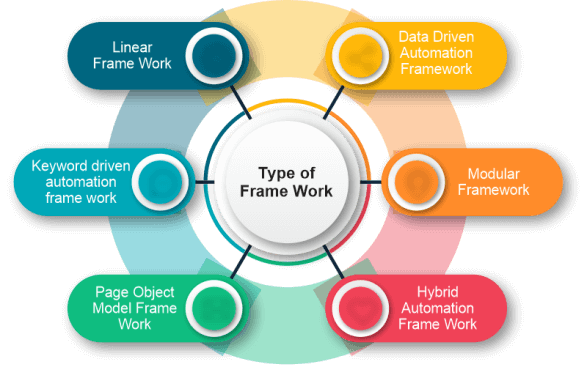
One of the simplest frameworks that act as a record and playback model. In this tester write the simple code to run the test cases without sequential steps and modularity
The data-driven automation framework can perform both negative and positive test cases. All the test case data inputs are stored in the extension files and tables from where values are read during the execution of test scripts.
A modular automation framework is best suited to run large test scripts as it divides the test scripts into independent modules that hierarchically interact with each other. These small independent modules are tested easily because it's easy to create required test scenarios.
Hybrid is always a combination; here, keyword-driven and data-driven frameworks are combined in which test data and keywords are externalized. Test data is stored in an excel or properties file, whereas keywords are maintained in a separate java file.
In this framework, the tester doesn't need to write the code repeatedly because an object for the UI element is created that can be recalled later for testing. This feature of the POM framework results in less code usability and verbosity and reduces time consumption in writing test scripts.
In KDF, the keywords are separated for a common set of functions and instructions, due to which automation speeds up. In this scripting technique, keywords are associated with actions like closing and opening a browser, mouse-click events, and others. During testing, all the keywords are recalled to perform specific steps, and these keywords are maintained in a file along with the actions they perform. Some myths about automation testing
ConclusionAutomation testing is a gift in the testing world that automates the testing procedure and decreases human efforts. It's a new boom to the testing world if developers have to meet the fast-paced development deadlines in the software market. Proper functioning of automation testing requires a professional team that chooses the best tool and exercises it. Automation testing with a variety of tools ensures the best quality product. |
 For Videos Join Our Youtube Channel: Join Now
For Videos Join Our Youtube Channel: Join Now
Feedback
- Send your Feedback to [email protected]
Help Others, Please Share









